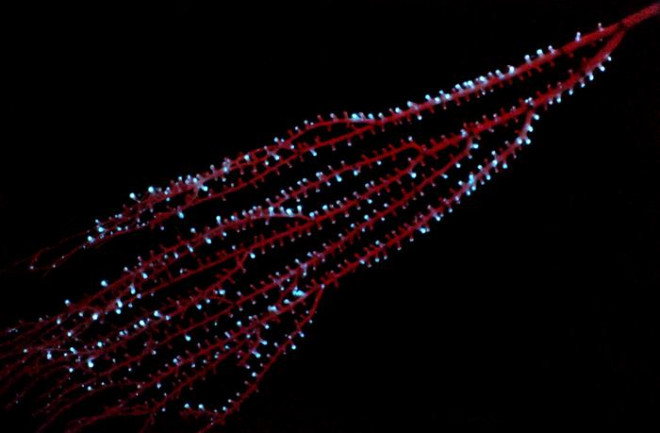Living organisms activated a natural light source nearly 300 million years earlier than previously thought, according to a study in the Proceedings of the Royal Society B.
A group of scientists from the Smithsonian National Museum of Natural History used genetic data and statistical modelling to demonstrate that bioluminescence — the ability of living things to produce light through chemical reactions — first evolved in marine invertebrates called octocorals about 540 million years ago.
Looking for Bioluminescence
Octocorals — or soft corals — are small polyp-shaped creatures that create a network of soft structures for their living quarters. In contrast, corals are larger and build harder structures for housing.







